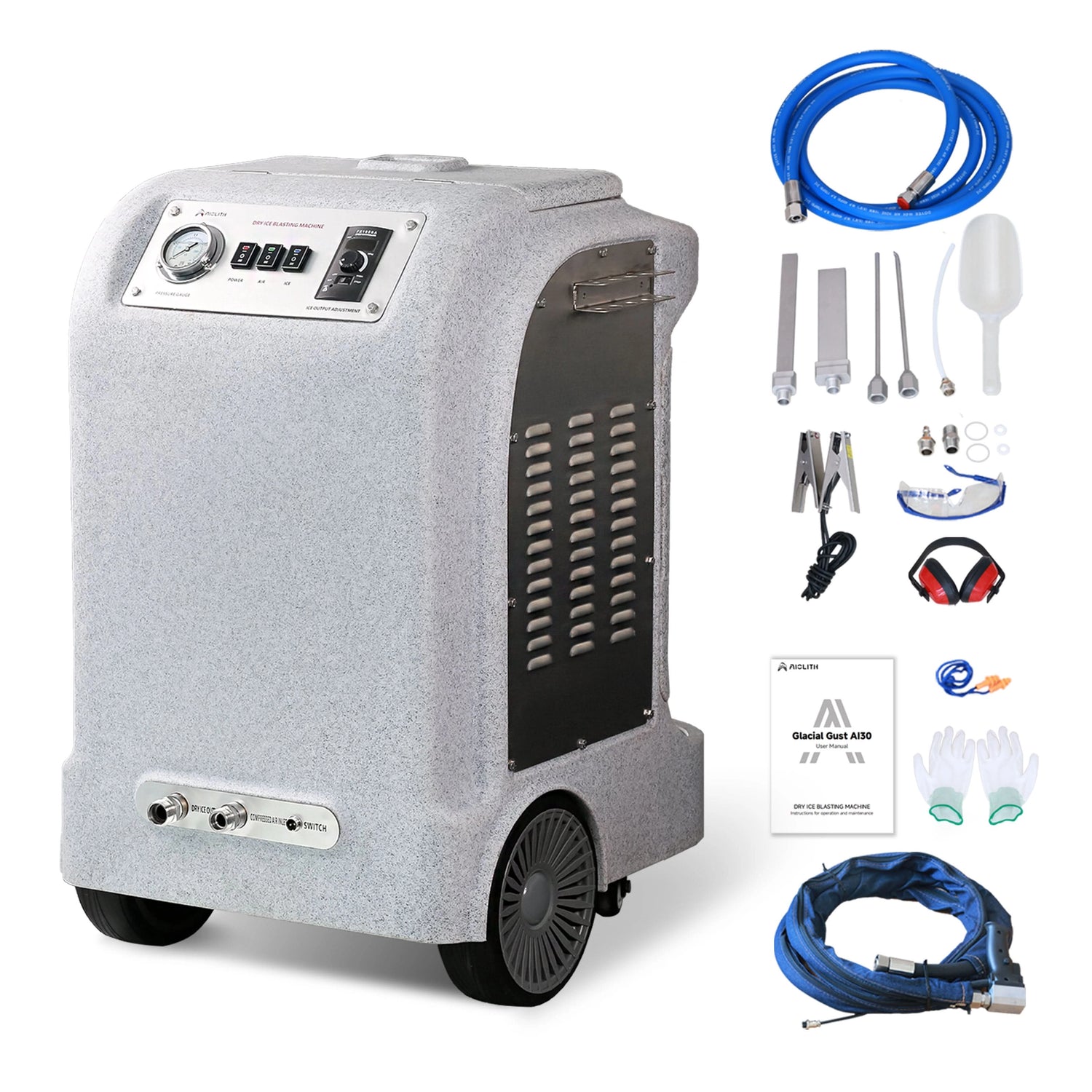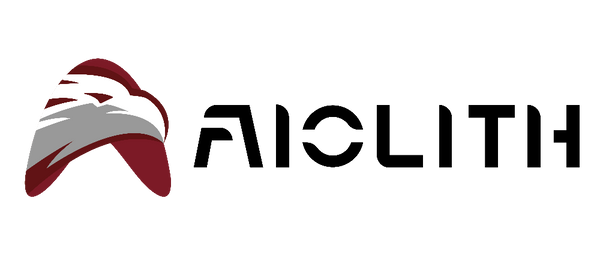6 Essential Tips for Stripping a Floor Safely Using a Commercial Floor Scrubber
Share
Stripping a floor removes old wax, finish, and dirt buildup, preparing it for resealing or refinishing.
Traditional manual methods are labor-intensive and inconsistent. Using a commercial floor scrubber streamlines the process, providing consistent pressure, efficient solution use, and rapid recovery of debris. Commercial machines, including AIOLITH floor scrubbers, optimize floor stripping for large spaces (source).
1. Select the Appropriate Floor Scrubber Settings
Floor stripping requires specific brush types and pressure settings. Hard, dense floors need more agitation, while softer surfaces require gentler action. Adjustable commercial floor scrubbers provide safe and efficient operation (Rutala & Weber, 2019).
2. Prepare the Floor Properly
Sweep or vacuum to remove loose debris. Apply a stripping solution according to manufacturer guidelines. This softens old wax or finish, making removal easier (Kampf, 2018). Using a floor scrubber with controlled chemical dispensing ensures even application (source).
3. Operate Systematically
Move the floor scrubber in overlapping strokes to avoid missed areas. Maintain consistent speed to ensure uniform finish removal. Research confirms that systematic friction improves surface cleanliness (Otter et al., 2013).
4. Focus on High-Traffic Areas
Entrances and hallways accumulate thick layers of finish. Extra passes in these zones improve results. CDC (2019) emphasizes attention to heavily used areas for proper sanitation.
5. Recover Stripping Solution and Residue
Floor scrubbers separate dirty and clean water, allowing immediate removal of stripping solution and debris. Efficient recovery reduces drying time and prevents recontamination (EPA, 2021).
6. Post-Stripping Floor Care
After stripping, rinse thoroughly with clean water and dry the surface. Inspect for residual finish. Apply a new floor finish if needed. NHS (2021) notes that proper post-stripping care extends floor longevity and maintains hygiene.
Comparison Table: Manual Floor Stripping vs. Commercial Floor Scrubber
| Aspect | Manual Stripping | Commercial Floor Scrubber |
|---|---|---|
| Labor Requirement | High, time-consuming | Reduced, efficient |
| Cleaning Depth | Variable, inconsistent | Deep and uniform |
| Water & Solution Usage | Manual, often excessive | Controlled dispensing, clean/dirty separation |
| Drying Time | Slow, residual moisture | Fast, floors ready for immediate use |
| Coverage Area | Limited | Large commercial areas |
| Safety | Slippery and hazardous | Reduced risk with immediate recovery |
| Maintenance | Low-tech, repetitive | Requires periodic upkeep, extends lifespan |
FAQs
Q1: Can a floor scrubber remove old wax completely?
Yes, commercial floor scrubbers with the right brush and chemical settings can remove old finish efficiently.
Q2: Is it safe to strip all floor types with a floor scrubber?
Most floors can be stripped if the scrubber’s pressure and brush type are adjusted properly (source).
Q3: How often should floors be stripped in commercial environments?
Typically every 6–12 months depending on traffic and wear.
Q4: Do floor scrubbers reduce chemical usage during stripping?
Yes, controlled dispensing prevents waste and ensures even coverage.
Q5: Can I use the floor scrubber immediately after stripping?
It is recommended to rinse and dry the floor before applying new finish or resuming regular cleaning.
Conclusion
Stripping floors with a commercial floor scrubber ensures uniform removal of old finish, reduces labor, and minimizes safety risks. By selecting proper brush types, adjusting pressure, and using controlled chemical application, facilities achieve deep, professional cleaning results. Machines like AIOLITH floor scrubbers streamline floor maintenance, save time, and maintain hygiene in large commercial spaces (source).
References
- CDC. (2019). Cleaning and Disinfecting Your Facility. https://www.cdc.gov/hygiene/cleaning/index.html
- EPA. (2021). Cleaning vs. Disinfecting vs. Sanitizing. https://www.epa.gov/coronavirus/cleaning-and-disinfecting-your-home
- Otter, J. A., Yezli, S., & French, G. L. (2013). Evidence that cleaning reduces infection spread in hospitals. Journal of Hospital Infection, 85(2), 99–105. https://doi.org/10.1016/j.jhin.2013.04.007
- Rutala, W. A., & Weber, D. J. (2019). Best practices for disinfection of environmental surfaces. Am J Infect Control, 47, A96–A105. https://doi.org/10.1016/j.ajic.2019.01.014
- Kampf, G. (2018). Effect of frequent cleaning on microbial load. GMS Hygiene and Infection Control, 13. https://doi.org/10.3205/dgkh000307
- NHS. (2021). Prevent germs from spreading. https://www.nhs.uk/live-well/healthy-body/how-to-prevent-germs-from-spreading/
- AIOLITH. Floor Scrubbers. https://www.aiolith.com/pages/floor-scrubbers

